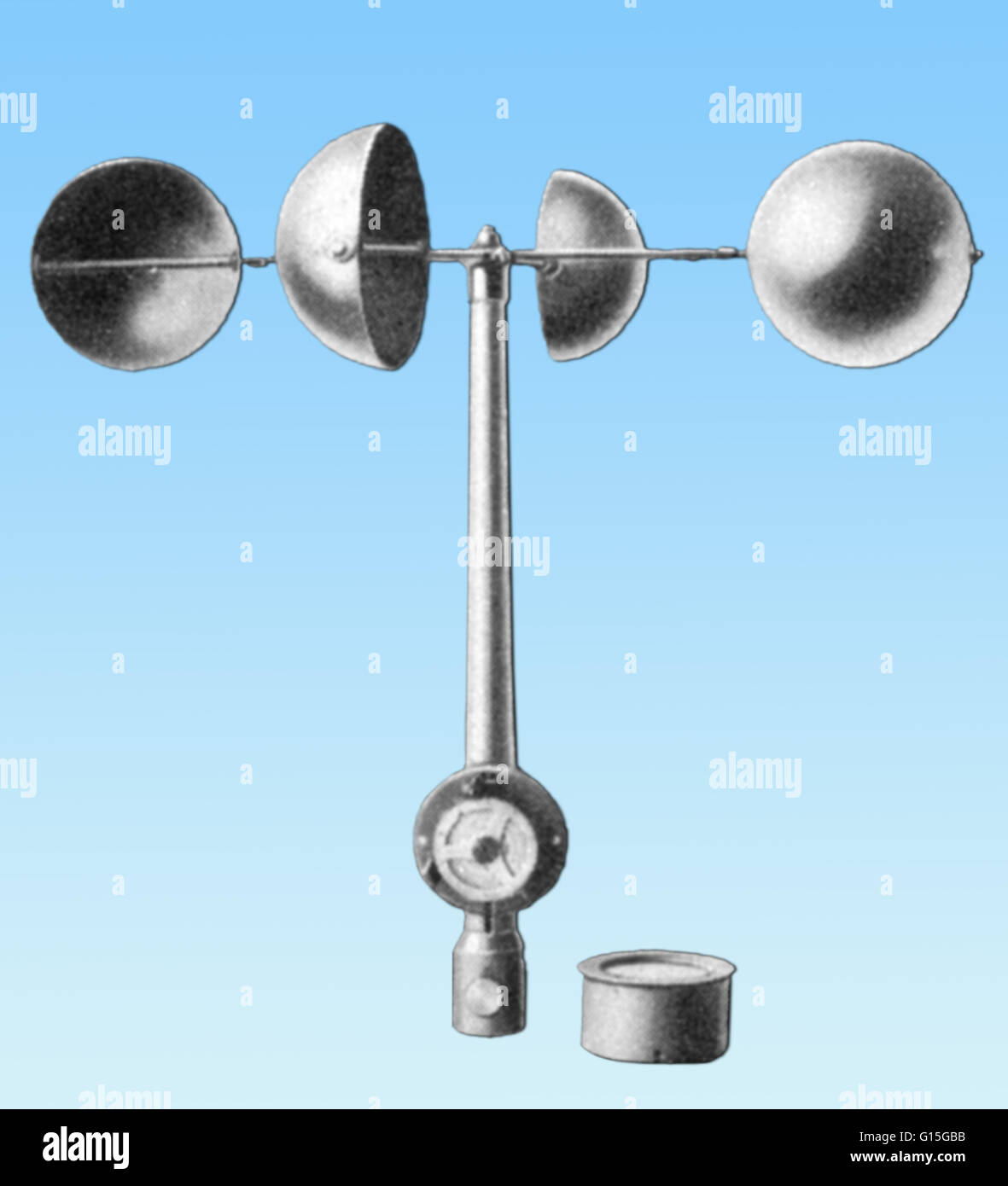How to Keep and Care for Your Anemometer to Make Certain Long Life
How to Keep and Care for Your Anemometer to Make Certain Long Life
Blog Article
Checking Out the Functions and Advantages of Anemometers for Weather Condition Fanatics and Experts
From cup anemometers to sonic anemometers, each type brings its unique set of benefits and applications, dropping light on various facets of climatic conditions. As we delve right into the functions and advantages of anemometers, a much deeper understanding emerges not just of prevailing weather sensations however also of the more comprehensive ramifications for industries like wind power manufacturing and environmental research.
Importance of Anemometers in Climate Tracking
Anemometers play a crucial duty in weather condition surveillance by supplying accurate dimensions of wind speed, assisting in projecting and understanding weather patterns. These tools, ranging from typical cup anemometers to modern-day ultrasonic anemometers, are crucial for meteorologists, researchers, and weather fanatics alike. By measuring wind rate, anemometers aid in establishing the strength of weather condition sensations such as cyclones, storms, and twisters. In addition, they offer beneficial data for air travel, maritime procedures, and various industries that are delicate to wind problems.

Kinds of Anemometers and Their Applications
The most typical types of anemometers consist of mug anemometers, vane anemometers, hot-wire anemometers, and ultrasonic anemometers. Cup anemometers are composed of three or four mugs placed on horizontal arms that rotate with the wind, measuring its speed. Vane anemometers, on the other hand, use an easily revolving vane to straighten with the wind direction, providing both wind rate and direction measurements.
Each sort of anemometer has its unique benefits and applications. Mug anemometers are durable and suitable for basic weather surveillance, while vane anemometers are favored for directional measurements. Hot-wire anemometers are sensitive to low air speeds, making them excellent for interior settings. Ultrasonic anemometers are non-intrusive and offer high precision, frequently made use of in research study and specialized climate surveillance applications. Comprehending the qualities and applications of each sort of anemometer is essential for picking the most appropriate instrument for particular climate monitoring demands.
Benefits of Utilizing Anemometers in Forecasting
In meteorology, the usage of anemometers offers invaluable benefits for improving the accuracy of weather projecting. Anemometers measure wind speed and direction, offering vital information for forecasting weather condition patterns. By integrating wind data into forecasting versions, meteorologists can better recognize the movement of climate systems, prepare for adjustments in climatic problems, and concern more specific projections.
Furthermore, anemometers play an essential function in assessing possible weather condition hazards. Keeping track of wind speeds helps forecasters forecast extreme weather events such as cyclones, tornadoes, and winter months storms with higher precision. This very early warning system enables authorities to issue prompt signals and implement necessary precaution, minimizing the dangers to life and home.
Furthermore, anemometers assist in optimizing renewable resource manufacturing. By analyzing wind patterns, meteorologists can recognize suitable locations for wind ranches and forecast energy outcome, contributing to the effective generation of wind power.

Anemometers in Wind Power Production
Offered the vital duty anemometers play in supplying accurate wind data for climate forecasting and danger evaluation, their relevance encompasses the realm of advice wind power production. Anemometers are necessary instruments in the area of wind energy, where the measurement of wind rate and instructions is critical for identifying the expediency and effectiveness of wind turbine installations. By accurately measuring wind speeds at differing elevations, anemometers aid optimize the placement and style of wind generators to maximize energy output.
In wind farms, anemometers are strategically positioned to gather real-time wind data that is utilized to evaluate the possible energy production of a site. This information is crucial in identifying the financial practicality of wind power jobs and in projecting power generation to ensure grid stability. Furthermore, anemometers aid in keeping an eye on wind problems to maximize wind turbine performance, stop damage from high winds, and make certain the safety and security of employees working in the area of wind generators.
Enhancing Weather Recognizing With Anemometers

Anemometers great post to read play a crucial duty in boosting our understanding of microclimates. These localized climate condition can vary dramatically from more comprehensive regional forecasts, making it important to have precise information for certain locations. anemometer. By tactically putting anemometers in different areas, researchers can collect comprehensive information on how wind behaves in various surfaces, urban settings, or bodies of water
Furthermore, anemometers contribute to boosting weather forecasting versions by offering real-time data on wind actions. This info is especially valuable for anticipating severe climate events, enhancing farming practices, and sustaining markets like air travel and maritime navigating. In general, anemometers are indispensable instruments that allow us to dig much deeper right into the complexities of weather systems, eventually causing even more precise predictions and better-informed decisions.
Verdict
In verdict, anemometers play a vital function in weather surveillance and forecasting by measuring wind rate and instructions. Anemometers also have applications in wind energy production, further highlighting their significance in both weather forecasting and eco-friendly power industries.
From cup anemometers to sonic anemometers, each kind brings its special set of advantages and applications, shedding light on various aspects of atmospheric conditions. These tools, ranging from traditional cup anemometers to contemporary ultrasonic anemometers, are necessary for meteorologists, researchers, and climate lovers alike. The most common types of anemometers include cup anemometers, vane anemometers, hot-wire anemometers, and ultrasonic anemometers. Mug anemometers are robust and suitable for basic weather condition monitoring, while vane anemometers are favored for directional measurements. Anemometers are vital instruments in the field of wind energy, where the dimension of wind rate and direction is essential for figuring image source out the expediency and efficiency of wind generator setups.
Report this page